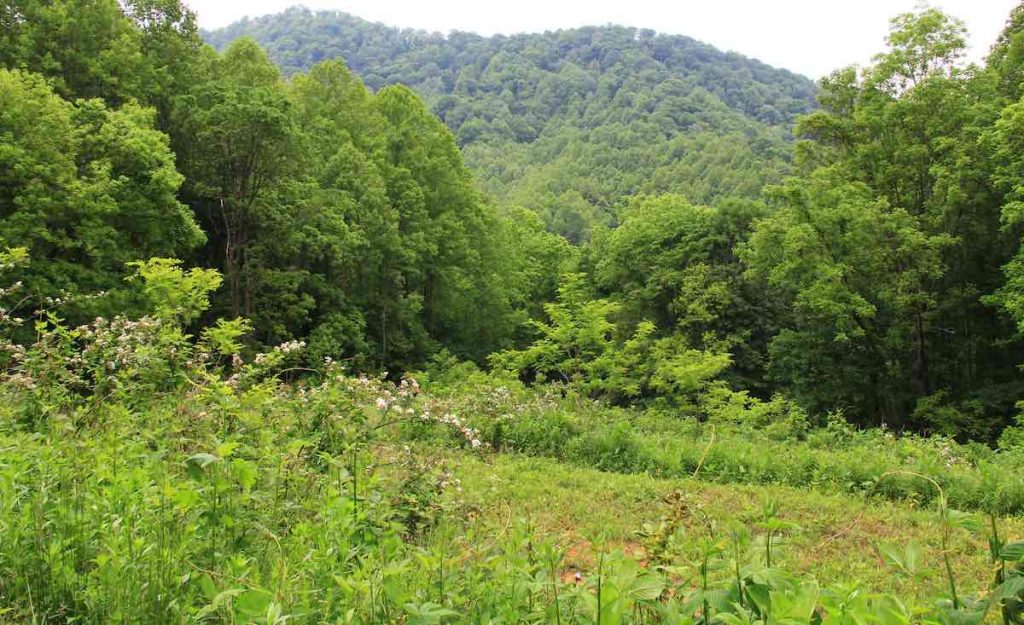For over a millennium Western society has attempted to establish clear codes of ethics in business, politics, personal relationships, religion, and even warfare. But what about a land use ethic? What does modern society have to say on the topic of ethics about our lands?
On a small farm in Massachusetts, farmer Jono Neiger is planting chestnut trees where he might have just planted corn or row crops. Once a staple crop of many Native American tribes, chestnuts provide much more than just lyrical opportunities in Christmas songs. Like a keystone endangered species in a national park, towering trees can anchor the success of a revolutionary agricultural practice that uses the noblest of ethical codes regarding the humble farmer’s acre.
Neiger, is just one of a number of American and European farmers facing the environmental challenges of the 21st century by looking backward toward the stewardship and land-use principles of the famed American conservationist Aldo Leopold, author of an essay called The Land Ethic.
“A land ethic,” he wrote in his magnum opus of the same name, “…reflects a conviction of individual responsibility for the health of the land”.
These American chestnut trees, a species almost completely extinct after a twentieth century blight tore their numbers down from 4 billion to a few individuals, will not only represent a step toward restoring North American chestnut ecosystems, but also plants the foundation for Neiger of what is called a system of “agroforestry,” “multi-story cropping,” or “permaculture” on his farm.
The nuts falling from their limbs will be one of his most critical crops, but only one of many in what will be a cyclical and regenerative agricultural practice that brings the field and the forest together, securing the food production of the former to the environmental services of the latter.
“Trees fit in well in many places where it’s not suitable to do tillage agriculture. You can use hillsides, where—any time regular monoculture agriculture occurs—it causes a lot of erosion and soil loss. Having trees in these places slows erosion, starts to rebuild soil, and sequesters more carbon,” farmer Neiger tells the BBC.

In terms of producing food, his chestnuts are a great source of carbohydrate—like corn or wheat—only more nutrient-dense and growing higher up rather than down below. They were once very commonly ground into flour for baking bread, and they also provide hogs and wild forest creatures with a predictable and bountiful food source. Opting against a traditional farmer’s beige and yellow crop monopoly also frees up the forest floor for more diverse kinds of cash crops, as well as medicinal herbs and fungi.
Neiger chose papaws, persimmons, and elderberries that will grow and produce food while he waits for his chestnut trees to reach the necessary age and size. Furthermore, the ability to select a wide variety of plants to grow in and around the chestnut orchards allows Neiger and other multi-layer farmers to cultivate environments that can host the maximum number of both wild and domestic animal species.
Neiger released chickens on the land that, rather than eating corn and feed, will dine on food they actually prefer – rodents, insects, worms, as well as wild seeds and nuts. All of this turns their eggs into a natural color rich in healthier fats and nutrients.
This marriage of the canopy, cover crops, ground crops, and animals is what Neiger and other multi-story farmers are looking to master. It allows them to produce varying amounts of a large variety of different food sources, while sustaining all the environmental services provided by trees, like soil enrichment.
Aldo Leopold summed this concept up in his book Song of Gavilan:
“The oak which feeds the buck, who feeds the cougar, who dies under an oak and goes back into acorns for his erstwhile prey. This is one of the many food cycles starting from and returning to oaks, for the oak also feeds the jay who feeds the goshawk who named your river, the bear whose grease made your gravy, the quail who taught you a lesson in botany, and the turkey who daily gives you the slip”.
Land Ethics: Earning Income Without Damaging Things
Today, agriculture is one of the largest contributors to a number of practices detrimental to the environment. Forest clearance, especially in countries with tropical rainforest, is often driven by agriculture, while the resulting water contamination, soil erosion, and loss of carbon-sequestering plants, wildlife habitat, and biodiversity, all stem from age-old methods of farming and ranching.

Much of America’s farmland, and the crops which the U.S. government subsidizes, consist of corn, wheat, rice, soya, or cotton. These crops present very little nutritional value on their own, but the majorities of grain and legume harvests in the United States (corn for example,) go into producing industrial oils, sweeteners, petro-chemical additives, or bioethanol, with 5% going to livestock feed, and even less onto the plates of humans.
Estimates quoted from the Center for International Forestry Research state that merely 12 species of plants and 14 species of animal make up 98% of the entire world ag sector—a dangerous biological monopoly.
Further, the CO2 emissions from excessive soil tilling, deforestation, and synthetic fertilizer production, places agriculture as a large and prominent contributor to global warming; not nearly as big as manufacturing or transportation as some have suggested, but certainly significant.
Leopold recognized that the U.S. was moving down this path 100 years ago, commenting on the principles of 21st century permaculture even while Apache Indians still inhabited the hills of Arizona. “Health is the capacity of the land for self-renewal. Conservation is our effort to understand and preserve this capacity,”
But there is hope—as is demonstrated by Neiger, as well as others like Dr. Allen Williams who runs Soil Health Consultants, a team of farming experts who promote, not sustainable agriculture, but regenerative agriculture…





